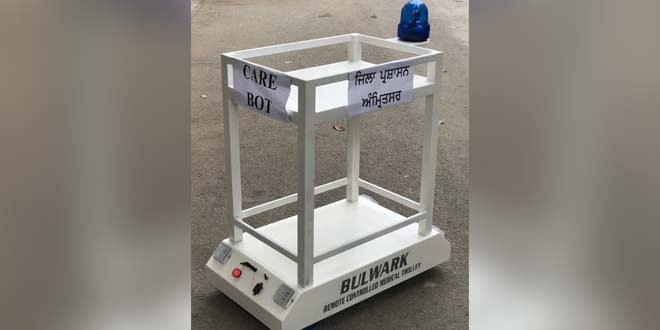Candidates are speeding toward human trials.
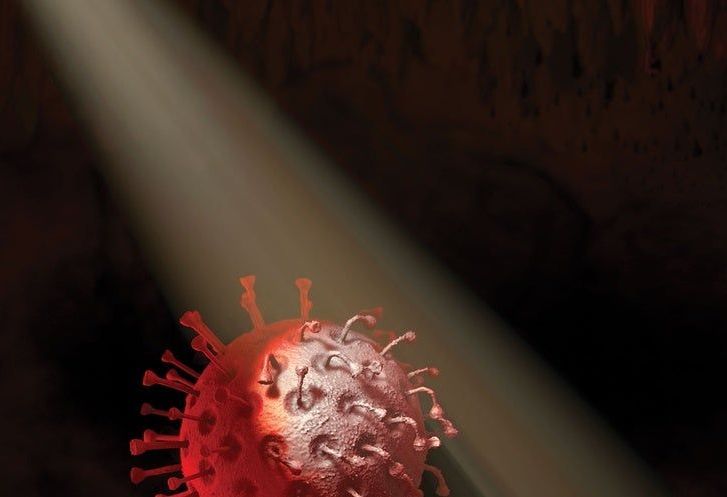

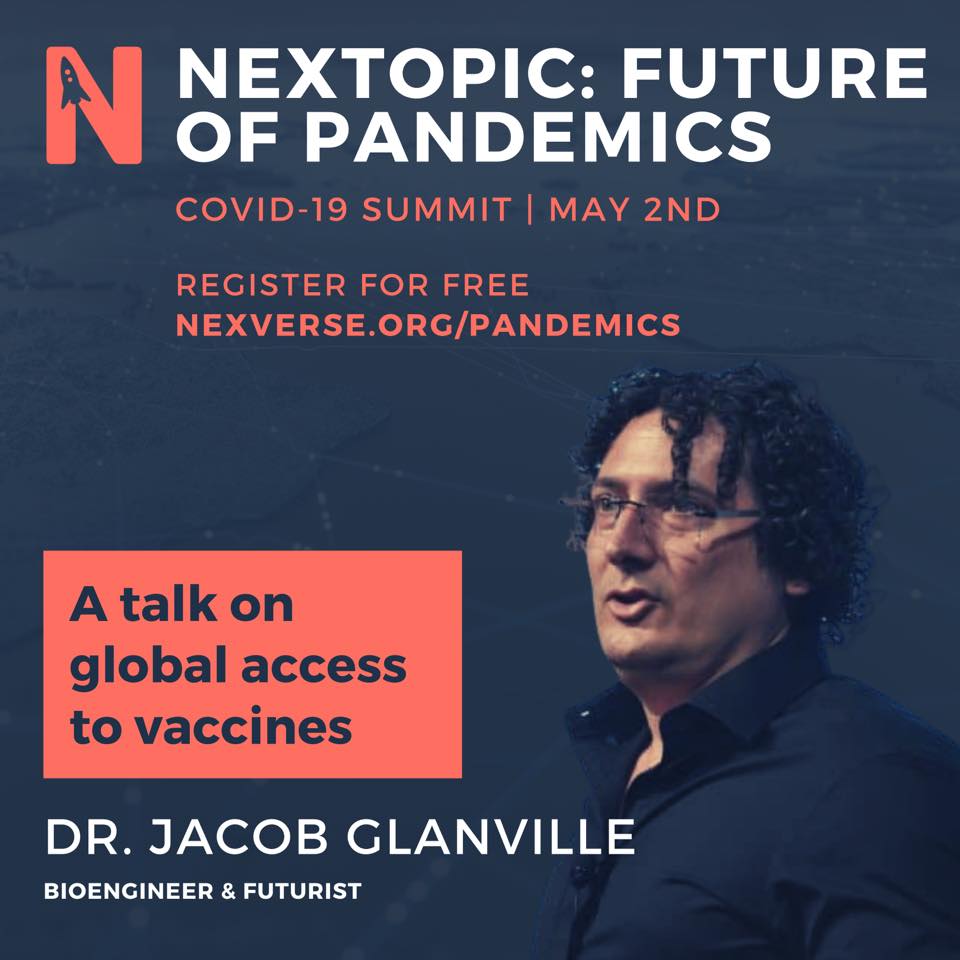
We are going over the latest news, as well as any breakthrough findings on the virus. In today’s updates, we’ll discuss Remdesivir, elevated risk of severe infection in men, COVID toes, UK vaccine trial as well as answer your questions from the comments below.
Numbers update
:04 Remdesivir
:10 Gender differences with COVID-19
:14 Covid Toes
:16 Rare inflammatory syndrome in children.
:18 UK Vaccine trial
:19 Pete the Cat
:20 How Are people carriers without symptoms?
:25 Could COVID-19 vaccine lead to common cold vaccine?
:27 How to clean groceries after shopping?
:29 Do postmenopausal women suffer infections as bad as men?
:32 How are people in the hospital being treated for COVID-19?
:34 How successful is plasma therapy?
:36 How is COVID-19 data being collected?
:39 Can you get reinfected after recovering from the virus?
:42 How long does immunity last (if immune at all)?
:45 Can the virus enter the body thru the eyes/ears.

Starting in the fall of 2016 and continuing into 2018, researchers at Columbia University in Manhattan began collecting nasal swabs from 191 children, teachers, and emergency workers, asking them to record when they sneezed or had sore throats. The point was to create a map of common respiratory viruses and their symptoms, and how long people who recovered stayed immune to each one.
The research included four coronaviruses, HKU1, NL63, OC42, and C229E, which circulate widely every year but don’t get much attention because they only cause common colds. But now that a new coronavirus in the same broad family, SARS-CoV-2, has the world on lockdown, information about the mild viruses is among our clues to how the pandemic might unfold.
What the Columbia researchers now describe in a preliminary report is cause for concern. They found that people frequently got reinfected with the same coronavirus, even in the same year, and sometimes more than once. Over a year and a half, a dozen of the volunteers tested positive two or three times for the same virus, in one case with just four weeks between positive results.
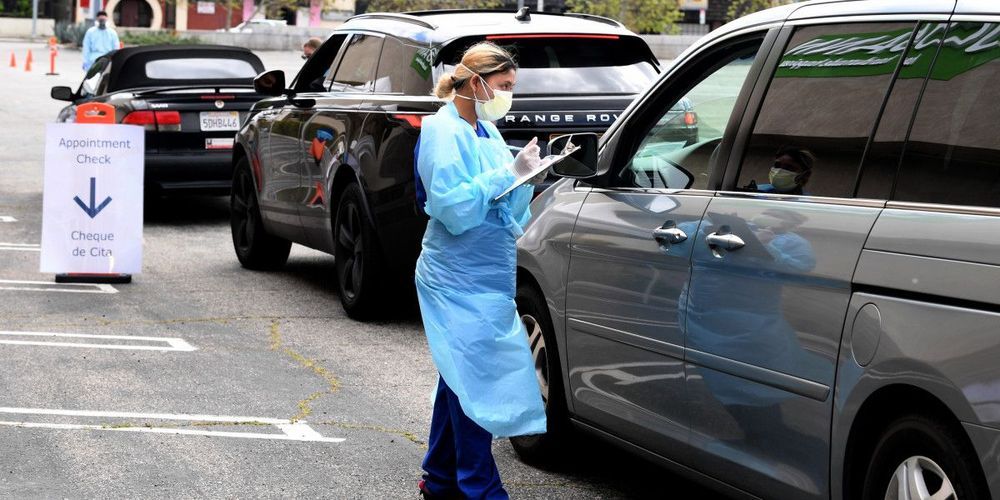
There is widespread agreement that the only way to safely reopen the economy is through a massive increase in testing. The US needs to test millions of people per day to effectively track and then contain the covid-19 pandemic.
This is a tall order. The country tested only around 210,000 people per day last week, and the pace is not increasing fast enough to get to millions quickly.
The urgency to do better is overwhelmingly bipartisan, with the most recent legislation adding $25 billion for testing a few days ago. Fears are growing, however, that testing might not scale in time to make a difference. As Senators Lamar Alexander and Roy Blunt wrote last week, “We have been talking with experts across the government and the private sector to find anyone who believes that current technology can produce the tens of millions of tests necessary to put this virus behind us. Unfortunately, we have yet to find anyone to do so.”
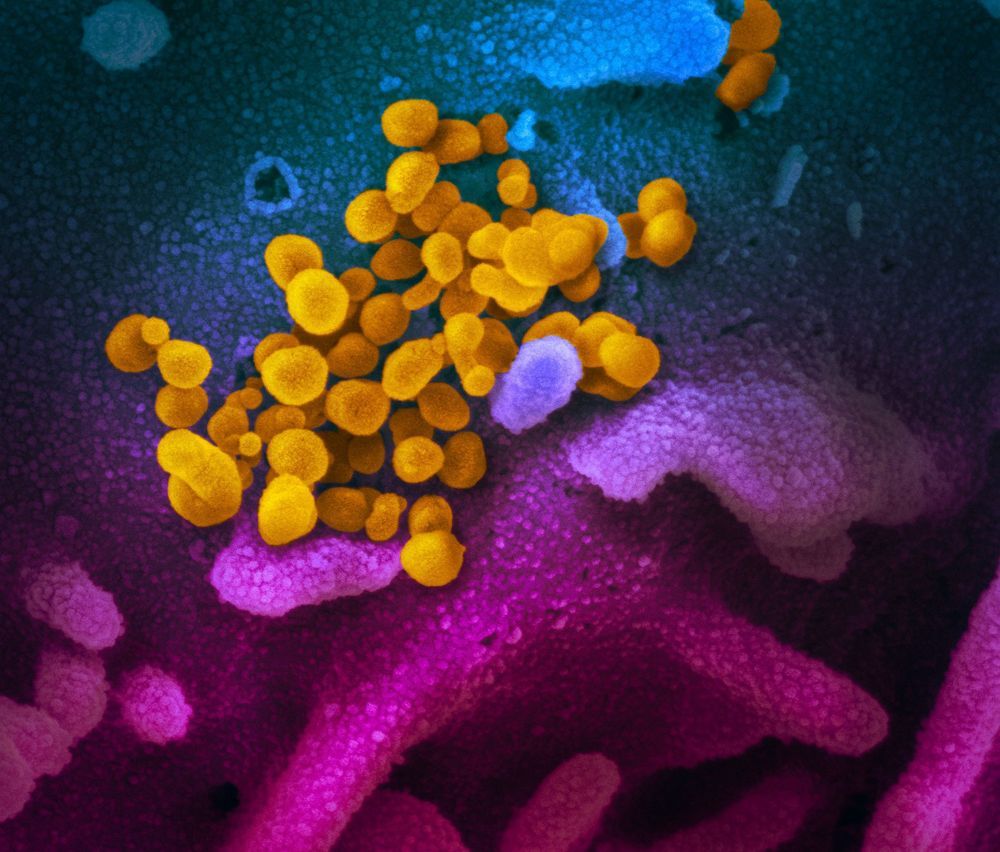
The investigators concluded that diffuse bilateral pulmonary inflammation observed in COVID-19 is associated with a novel pulmonary-specific vasculopathy, which is distinct from DIC, and which they’ve termed “pulmonary intravascular coagulopathy (PIC).”
“Understanding how these micro-clots are being formed within the lung is critical so that we can develop more effective treatments for our patients, particularly those in high-risk groups,” O’Donnell commented. “Further studies will be required to investigate whether different blood thinning treatments may have a role in selected high-risk patients in order to reduce the risk of clot formation.”
The authors suggest that larger, controlled studies will be needed to determine whether more intensive anticoagulation and/or targeted anti-inflammatory therapies might help reduce PIC in patients with severe COVID-19. The findings may also be relevant to growing evidence that some ethnicities are more likely to develop serious COVID-19 than others. “Given that thrombotic risk is significantly impacted by race, coupled with the accumulating evidence that coagulopathy is important in COVID-19 pathogenesis, our findings raise the intriguing possibility that pulmonary vasculopathy may contribute to the unexplained differences that are beginning to emerge highlighting racial susceptibility to COVID-19 mortality,” they concluded.

With the trillions of antibodies the human body can make, finding the antibody with the right combination of potency against a target and ease of manufacturing is, at best, an arduous, time-intensive endeavor for drug developers. AbCellera Biologics Inc. has developed a way to dramatically speed that process.
It is using its proprietary AI system to empower the search. It is mining the diversity of antibodies made by the immune system to find the relatively few that are optimized by nature to be well-suited for drug development. “A human makes trillions of different antibodies, but only a small set binds to the target of interest. Of those, only a few can be developed as drugs,” Carl Hansen, Ph.D., CEO of AbCellera, explained.
Hansen sees AbCellera as a “discovery and innovation shop. We identify the properties of antibodies that make them easy to manufacture and potent.”
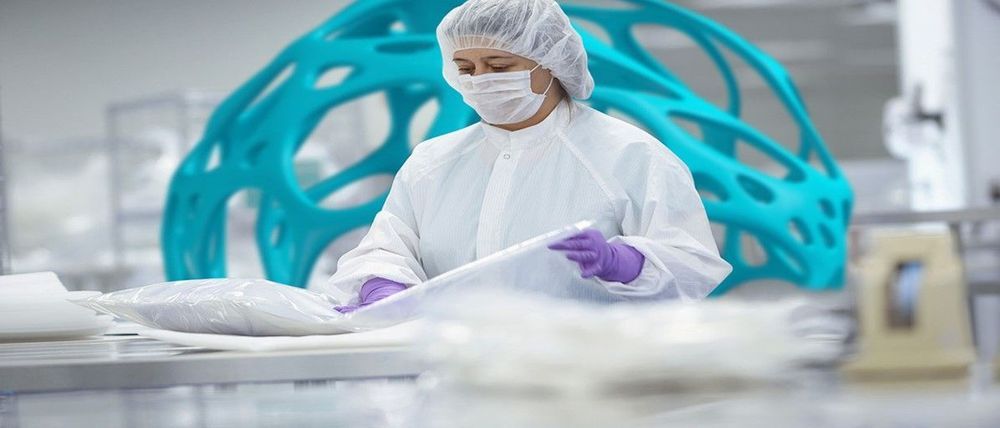
MilliporeSigma and The Jenner Institute report that the Institute has begun preparations for the large-scale production of its COVID-19 vaccine candidate, ChAdOx1 nCoV-19. With patients enrolled for clinical trials for this vaccine, rapid development of the large-scale manufacturing process is a critical step in quickly and safely delivering it from the lab to patients, according to Udit Batra, CEO, MilliporeSigma.
“We have brought the future of vaccine manufacturing to the present,” said Batra. “This is an important step in treating COVID-19 and other diseases that impact global public health. This work marks a milestone in the vaccine manufacturing development journey, as clinical testing continues to advance.”
Tapping into MilliporeSigma’s previous work provided a head start for plans to scale up the manufacture of Jenner’s COVID-19 vaccine candidate, added Batra. Developing the manufacturing process itself would normally take at least six months to a year, but in just two months’ time, MilliporeSigma supported the Jenner team and their collaborators to evaluate the existing manufacturing platform for use with the new vaccine candidate, and improved critical process steps, he continued.

A guy used Google, and turned his parents’ first floor bedroom into a makeshift hospital ward and saved his dad’s life from coronavirus. In the darkest moments, sometimes a plan of action and a little luck are the only things people have.
…and people keep saying this can not be treated, from day one.
When Suryakant “Suri” Nathwani returned from the hospital, the reserved 81-year-old grabbed his son’s hand and pleaded to be allowed to die at home. “He said, ‘Please promise me one thing: If I’m going to go, I’m going to go here. Do not take me back there,’” his son Raj Nathwani said.
